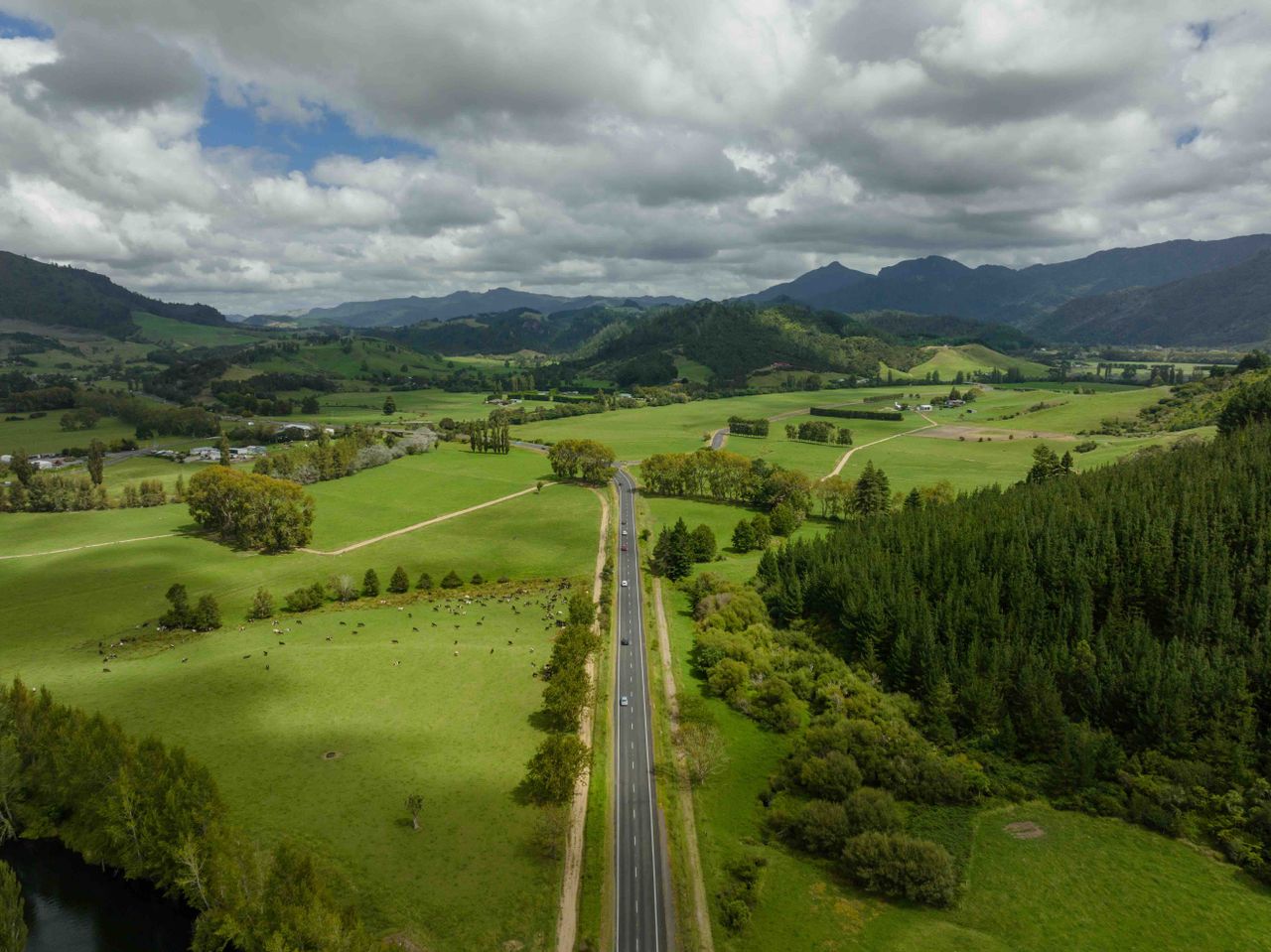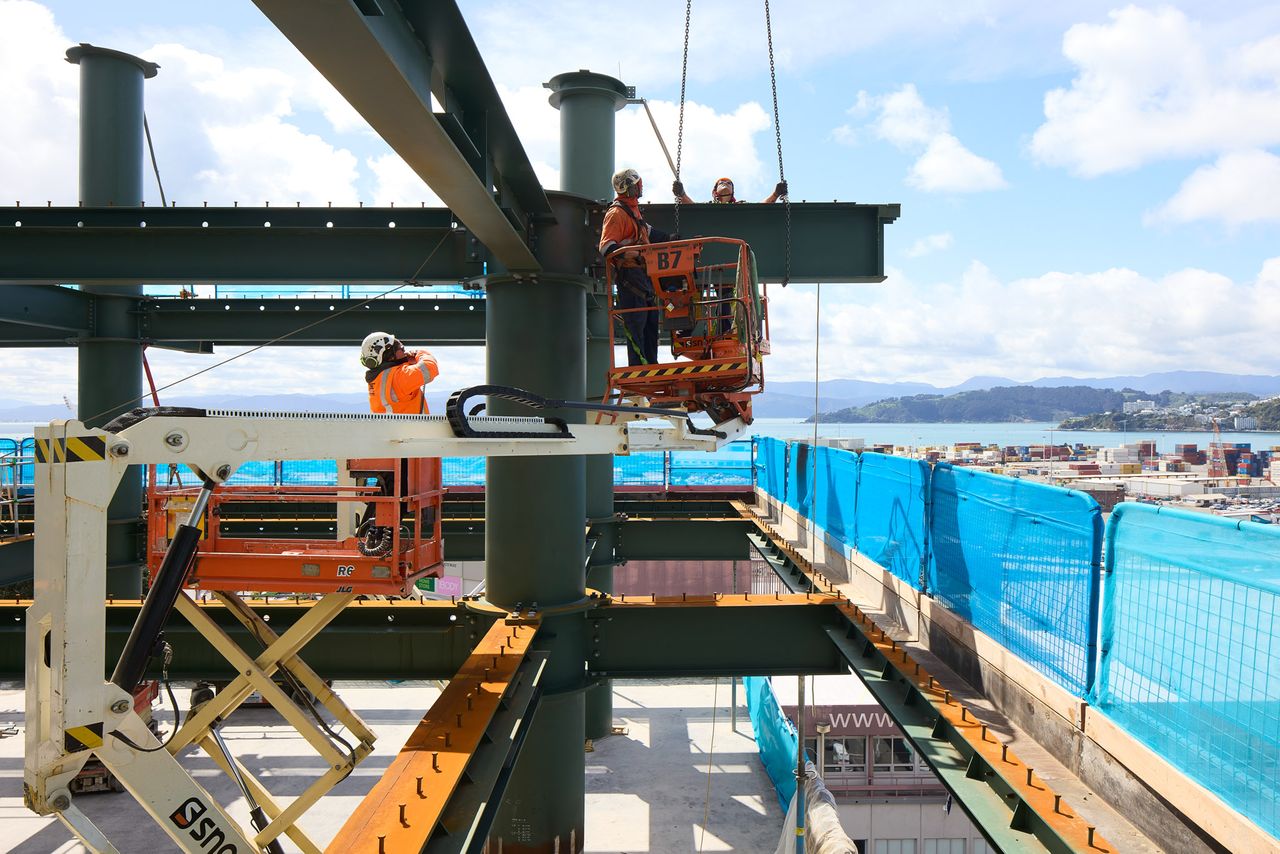News & Insights
If We Keep Sprawling to Hamilton, What Happens to the Heart of Auckland?
Author

Auckland is finally starting to confront one of its most important housing challenges: not just how much we build, but where we build.
The Government’s recent announcement to enable higher housing density around key City Rail Link (CRL) stations is a welcome step. It is encouraging to see policy that connects housing delivery to the transport infrastructure we have already invested in. The decision to require intensification near CRL stations like Maungawhau, Kingsland and Morningside reflects what many in the private sector have been advocating: location matters, and proximity supports productivity.
However, if this logic applies to those stations, it must also apply across Auckland’s urban core. The highest levels of connectivity, amenity, employment and culture sit not only at our new train stations but throughout the central city, from the Aotea Arts Quarter (Midtown) through to the waterfront and beyond.
The Symphony Centre, which I have the privilege of leading, sits directly above Te Waihorotiu Station in the heart of the Aotea Arts Quarter (Midtown). It reflects the ambition of transit-oriented development: well located, well designed, and built for people who want to live and contribute to the life of the city. But the truth is that delivering these kinds of homes remains unnecessarily complex. In many ways, it is still easier to build at the fringe than in the centre.
That remains one of Auckland’s core growth challenges.
The appeal of greenfield development is easy to understand. A single house on a single section can be staged, financed and sold with less upfront exposure than a high density urban build. But the long term cost of sprawl is substantial and growing.
New subdivisions require more than roads and pipes. They need schools, healthcare, emergency services, power, and public transport. These infrastructure extensions are expensive, and they commit future governments and councils to decades of maintenance and upgrade obligations. The further out we build, the more we dilute the investment we have already made in our urban centres.
We are also losing productive rural land in the process. Once it is gone, it is gone, and with it, the potential to grow food, support horticulture and sustain export industries.



